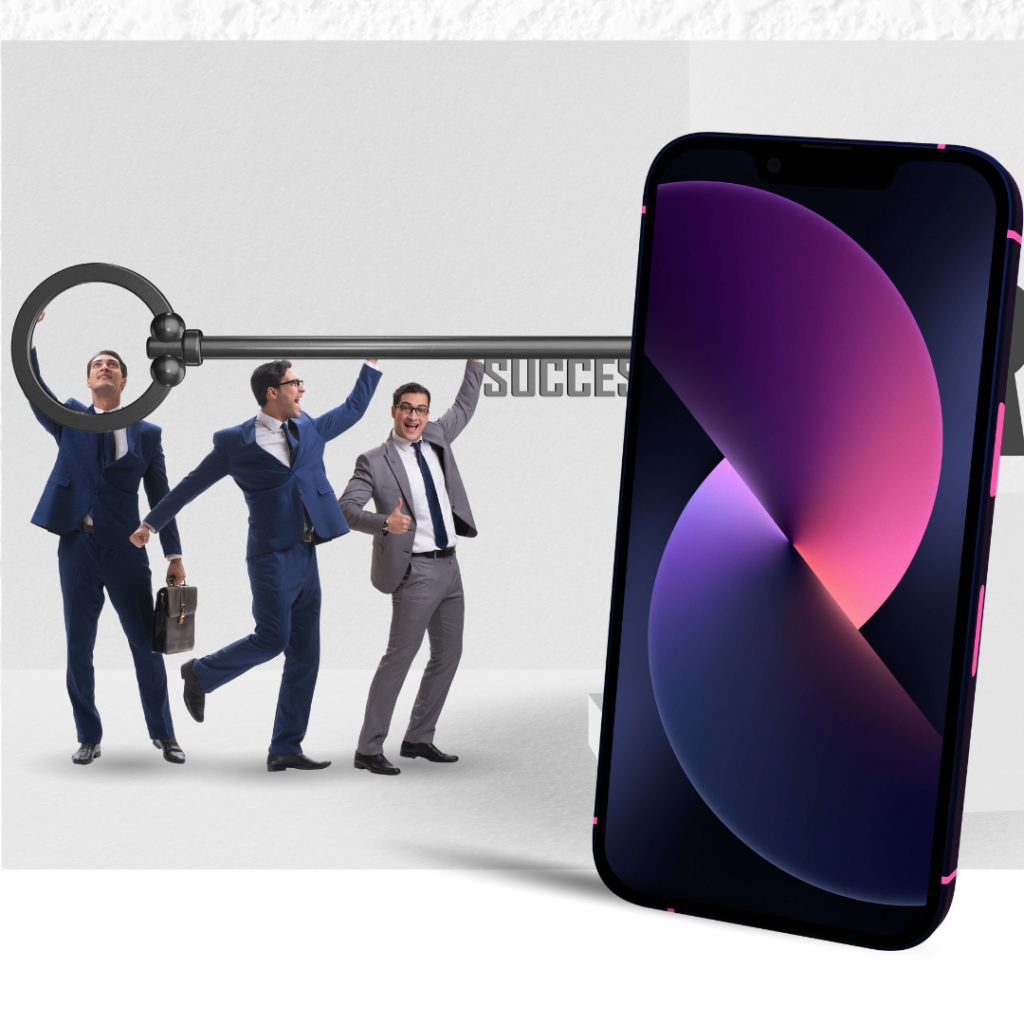Mobile phones are essential tools in our everyday lives, providing convenience and connectivity at the tip of our fingers. However, many users face the frustrating reality of having their phones locked to a specific carrier, making it difficult to switch providers or use the phone in another country. In this article, we’ll uncover the secrets of unlocking your phone, explaining why it’s essential, how it works, and what you need to do to free your device.
What Does It Mean to Unlock Your Phone?
A locked phone is restricted to a particular mobile carrier, meaning you can’t use SIM cards from other providers. This restriction often comes into play when you purchase a phone as part of a contract with a mobile carrier. Unlocking the phone removes this limitation, allowing you to switch between carriers freely and even use your phone internationally.
Why Do Carriers Lock Phones?
Carriers lock phones primarily to protect their investment. When a customer signs a contract with a carrier, the company often provides a discounted price for the phone. The lock ensures that the customer remains loyal to the service provider until the contract terms are fulfilled, preventing them from switching to a cheaper competitor. However, once the contract is completed, there’s no reason you shouldn’t be able to unlock the device.
Benefits of Unlocking Your Phone
1. Freedom to Switch Carriers
When you unlock your phone, you gain the freedom to switch carriers. Whether you’re dissatisfied with your current provider or looking for a better deal, unlocking opens the door to greater flexibility.
2. Use Your Phone Internationally
One of the most significant benefits is the ability to use local SIM cards when traveling abroad. This allows you to save money by avoiding expensive international roaming charges.
3. Increase Resale Value
Unlocked phones generally have a higher resale value than locked devices. Buyers are more inclined to purchase an unlocked phone because it offers the flexibility to use with any carrier.
4. Avoiding Carrier Bloatware
Unlocked phones often come with less pre-installed carrier software (also known as bloatware), which can slow down your device and take up valuable storage space.
How to Determine if Your Phone is Locked
Before proceeding with the unlock process, it’s essential to determine whether your phone is locked. Here’s how to check:
- Insert a SIM Card from Another Carrier: This is the simplest method. If your phone is locked, it will show a message like “SIM Not Supported” or ask for an unlock code.
- Check with Your Carrier: Most carriers can verify whether your device is locked by checking their records.
- Use Your Phone’s Settings: Some phones have a setting that shows whether the device is locked. For example, iPhones have a “SIM Restrictions” section that displays the lock status.
How to Unlock Your Phone: Step-by-Step Guide
Unlocking your phone isn’t as complicated as it may seem. Here’s a simple, step-by-step guide:
1. Contact Your Carrier
Start by contacting your mobile carrier. Each carrier has its own set of rules and criteria for unlocking phones, but they are legally required to provide unlocking services once you meet certain conditions, such as:
- Contract Completion: If your phone is tied to a contract, you must finish the contract or pay any early termination fees.
- Fully Paid Device: For phones purchased on installment plans, the device needs to be paid off before unlocking.
2. Submit an Unlock Request
Once you meet your carrier’s requirements, submit an unlock request. Depending on the carrier, this can be done online, over the phone, or via email. Be prepared to provide:
- Your Phone Number
- Account Details
- Phone’s IMEI Number (You can find this by dialing *#06# on your phone)
3. Receive the Unlock Code
After your request is approved, you will receive an unlock code for your phone, along with detailed instructions on how to enter the code. For some phones, especially newer models, the unlock process might happen automatically once the carrier approves your request.
4. Insert the New SIM Card
Once your phone is unlocked, insert the SIM card from the new carrier, and you’re good to go. If your phone prompts you to enter the unlock code, simply follow the instructions provided.
5. Troubleshooting Common Unlocking Issues
If you run into issues, check the following:
- Double-check the Unlock Code: Mistakes in entering the unlock code are common.
- Ensure the Phone Is Compatible: Some phones are not compatible with certain carriers due to network technology differences (e.g., CDMA vs. GSM).
- Restart the Phone: A simple restart may resolve some unlocking glitches.
Third-Party Phone Unlocking Services
If you’re unable to unlock your phone through your carrier, third-party services are available. These companies specialize in unlocking phones for a fee. However, proceed with caution—make sure to use a reputable service to avoid scams or legal issues.
Pros of Using Third-Party Services
- Faster Unlocking: Some third-party services can unlock phones more quickly than carriers.
- No Carrier Requirements: They don’t require you to meet carrier-specific criteria, like contract completion.
Cons of Using Third-Party Services
- Cost: These services typically charge a fee, which may be higher than what your carrier would charge.
- Risk of Scams: Not all services are legitimate, so research is crucial to avoid falling victim to fraud.
Is It Legal to Unlock Your Phone?
Yes, unlocking your phone is entirely legal in most countries, including the United States. The Unlocking Consumer Choice and Wireless Competition Act passed in 2014, makes it legal for consumers to unlock their phones once they have fulfilled their contract obligations or paid off the device. However, it’s always essential to double-check the laws in your specific region.
Unlocking iPhones vs. Android Phones
Unlocking an iPhone differs slightly from unlocking an Android device. Here’s what you need to know about each process:
iPhone Unlocking Process
iPhones are generally easier to unlock than Android phones because the process is mostly automated through Apple’s systems. After your carrier approves the unlock request, you might only need to connect your iPhone to a Wi-Fi network or plug it into iTunes to complete the unlock process.
Android Phone Unlocking Process
For Android devices, you’ll typically need to enter an unlock code manually. The steps might vary slightly depending on the manufacturer (Samsung, Google, etc.), but the general process remains the same.
Myths and Misconceptions About Unlocking Phones
Many misconceptions exist around unlocking phones. Let’s debunk some of the most common myths:
1. Unlocking Voids the Warranty
This is a common misconception. Unlocking your phone does not void its warranty as long as the process is done legally through your carrier or a trusted service.
2. Unlocked Phones Can’t Access Carrier Services
Unlocking your phone won’t prevent you from accessing carrier services like voicemail, mobile data, or customer support. You can still use all of the carrier’s services as long as your phone is compatible with their network.
3. Only Expensive Phones Can Be Unlocked
Any phone, regardless of its price, can be unlocked, provided it meets the criteria set by the carrier.
Conclusion: Unlocking Your Phone for Greater Freedom
Unlocking your phone offers numerous benefits, from switching carriers to traveling without incurring massive roaming charges. While the process may seem daunting, it’s actually straightforward and completely legal. By understanding how to unlock your phone, you can take full advantage of your device’s capabilities and enjoy greater flexibility in your mobile experience. Whether you opt for a carrier-approved unlock or seek third-party services, unlocking your phone is a step toward greater freedom and usability.



